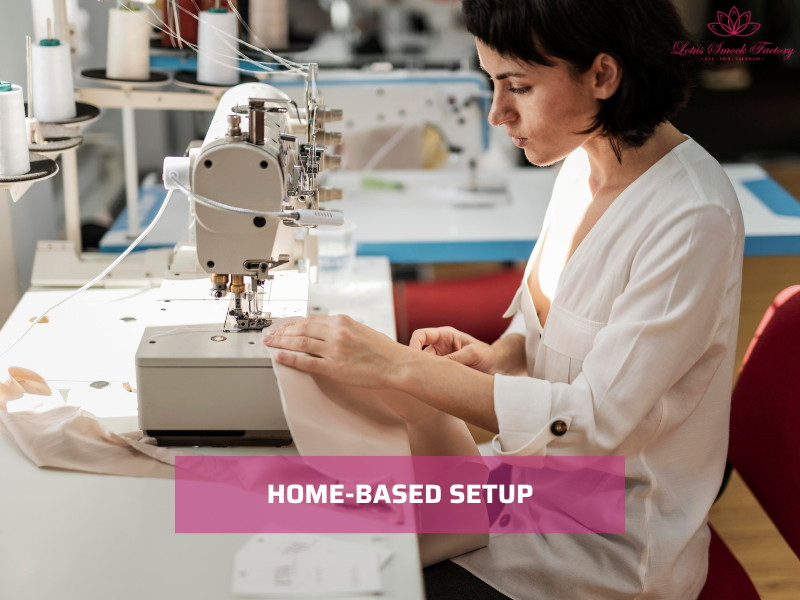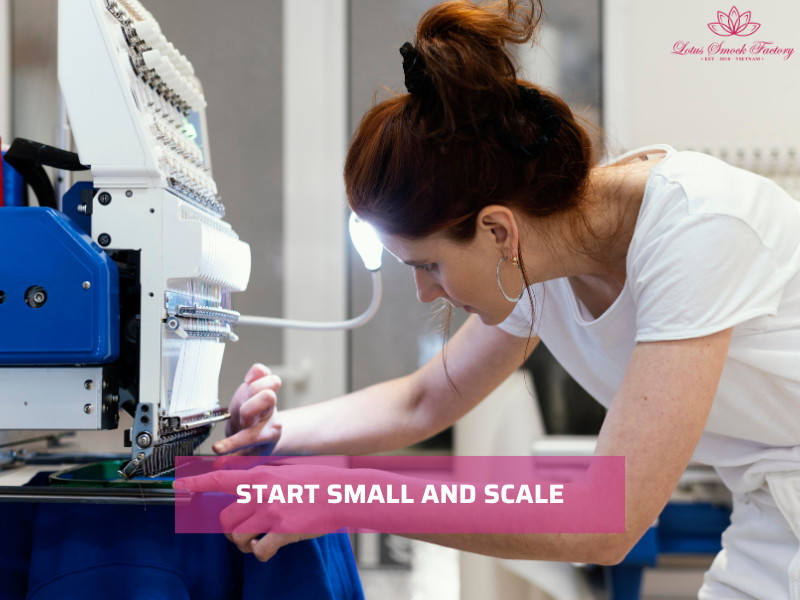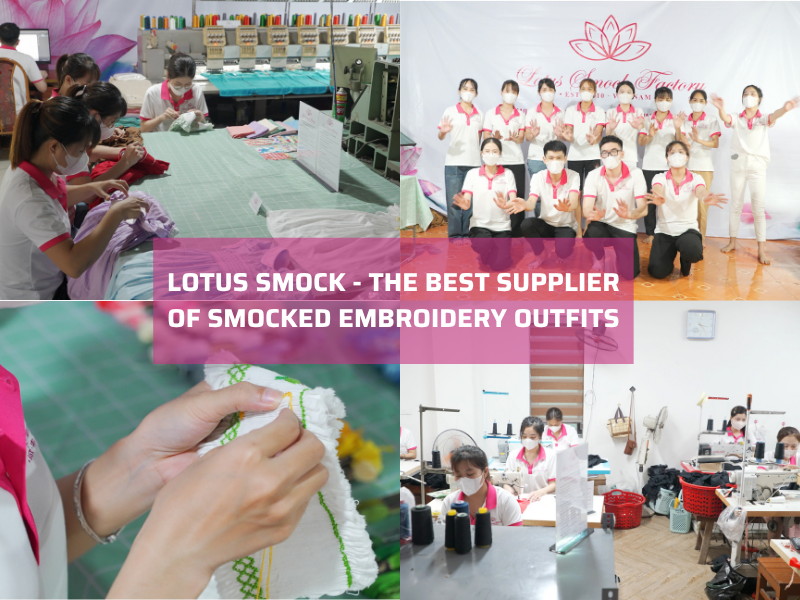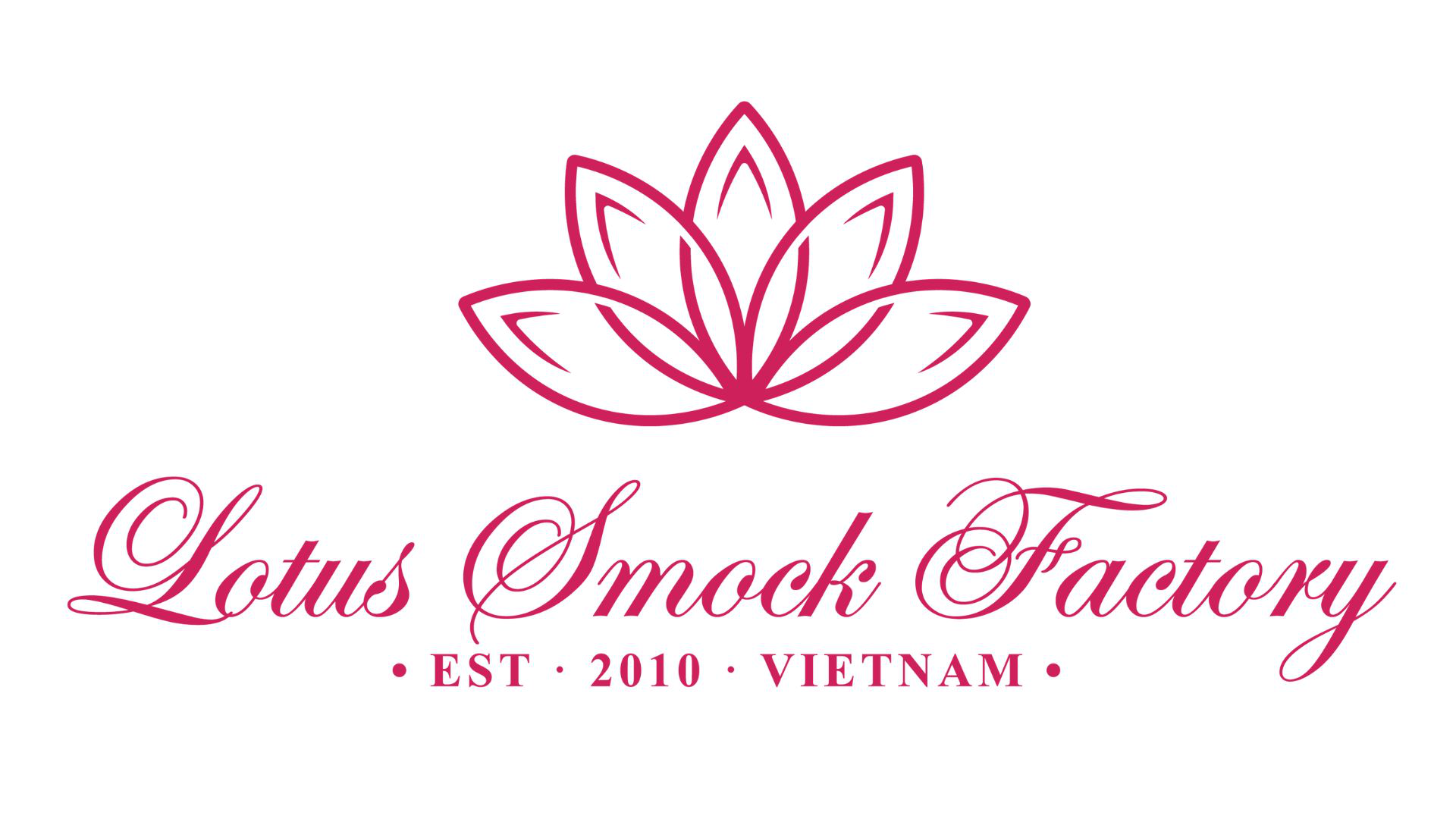How Much Does It Cost to Start an Embroidery Business?
How much does it cost to start an embroidery business? On average, setup costs range from $3,000 to $30,000, depending on equipment, location, and production size. You need to budget for machines, software, supplies, and daily expenses before taking the first order. Each choice, from a home-based setup to a full studio, changes your total investment.
Let’s explore the real numbers and see where you can save without cutting quality.
1. Understanding What an Embroidery Business Involves
Starting an embroidery business means producing stitched designs on fabric for personal, commercial, or fashion use. Most embroidery shops offer services such as logo embroidery, custom patches, monogramming, and decorating apparel for companies, schools, and boutiques. You can also create fashion pieces for small clothing brands or handmade items for online stores.
An embroidery business setup can take different forms depending on your budget and production goals:
- Home setup: One machine, low overhead, simple projects.
- Small studio: A few machines, more orders, local clients.
- Commercial shop: Multi-head machines, staff, bulk production.
Your embroidery shop startup costs depend on three main factors:
- Machine type: Single-needle for small runs; multi-head for volume work.
- Workspace: Home saves rent; studios increase output.
- Production size: More orders mean higher supply and maintenance costs.
Understanding these basics helps you plan your setup clearly. Decide how large you want your business to grow, and build your cost plan around your space, equipment, and workload.
2. How Much Does It Cost to Start an Embroidery Business
Starting costs for an embroidery business depend on your setup size, equipment, and work volume. Most startups spend between $3,000 and $60,000, covering machines, software, materials, and workspace. A home setup is the most affordable option, while a full studio or commercial shop requires a higher investment but delivers larger output.
2.1. Quick Overview of Average Startup Costs
These numbers show the average embroidery equipment cost and the general embroidery business startup cost.
| Business Type | Estimated Range (USD) | Key Features |
| Home-based setup | $3,000–$8,000 | 1 machine, small tools, minimal overhead |
| Small studio | $10,000–$25,000 | Multi-needle machine, digitising software |
| Commercial setup | $30,000–$60,000+ | Multi-head machines, staff, rent, marketing |
Note: Your total will depend on how you work, what you produce, and how fast you plan to grow.

2.2. Major Cost Categories
Before buying equipment or renting space, understand where your money goes. Every embroidery business budget includes five key categories:
- Machines: The biggest expense. Costs range from $1,000 for entry-level units to $40,000+ for industrial machines.
- Software: Digitising and design tools let you turn graphics into stitch files. Expect $300–$2,000 depending on features.
- Supplies and materials: Threads, stabilisers, and blanks (shirts, caps, towels) start around $500–$1,500.
- Space and utilities: Working from home keeps costs low; renting adds $300–$1,000 per month.
- Licenses and marketing: Registering your business, creating a website, and advertising can add $500–$2,000.
Knowing these cost areas helps you plan a realistic budget and decide whether to start small or invest in a full embroidery workshop.
=>>> Read more: Top 7+ Best Embroidery Machine for Small Business: Top Picks & Buyer’s Guide [2025 Update]
3. Equipment and Machine Costs
Buying the right equipment is the biggest part of your embroidery business startup costs. Your machine type and tools will shape how fast you work and how much you spend each month. Here’s a clear look at the main equipment expenses you’ll face when setting up your shop.
3.1. Embroidery Machines
The embroidery machine price varies based on size, speed, and function.
- Single-needle machines suit home-based setups. They work well for simple designs, monograms, and small orders. Brands like Brother and Janome offer models between $1,000 and $3,000.
- Multi-needle machines handle more colors and larger projects. They’re ideal for small studios serving multiple clients. Expect to spend $5,000 to $10,000 for semi-professional models.
- Industrial multi-head machines are made for volume production. These heavy-duty machines can embroider many items at once and cost $15,000 to $40,000+, depending on brand and configuration.
Choose your machine based on your production goal and available space. Starting small and upgrading later is often more cost-effective.
3.2. Computers and Software
To create embroidery designs, you’ll need digitising software that converts images into stitch files. Popular programs include Wilcom, Hatch, and Embrilliance.
- Paid software ranges from $300 to $2,000, depending on license type and features.
- Beginners can try free or open-source tools such as Ink/Stitch or trial versions of premium software before investing.
The embroidery software cost may seem high, but it gives you full control over your designs and saves outsourcing fees in the long run.
3.3. Maintenance and Accessories
Small tools and upkeep also affect your monthly budget. Hoops, needles, bobbins, threads, and lubricants add up quickly. Plan around $300 to $700 per month for these essentials.
Regular maintenance keeps your machines running smoothly and prevents costly repairs. Cleaning, oiling, and replacing worn parts are part of running a reliable embroidery setup.

4. Cost Comparison: Home vs Boutique vs Commercial Setup
Your startup budget depends on how big you plan to grow. Below is a quick comparison showing how costs change between a home setup, a small studio, and a commercial embroidery operation.
| Cost Type | Home Setup | Small Studio | Commercial Operation |
| Machine | $3,000–$8,000 | $10,000–$20,000 | $30,000–$50,000 |
| Software | $300–$1,000 | $1,500–$2,000 | $2,500+ |
| Rent/Utilities | Minimal | $500–$1,000 | $1,500+ |
| Supplies | $500 | $1,500 | $3,000+ |
| Marketing | $200 | $800 | $2,000 |
| Total Estimate | $3,000–$10,000 | $12,000–$25,000 | $35,000–$60,000+ |
- A home embroidery business offers the lowest cost and easiest start. You can test the market before investing more.
- A small studio allows faster production and a professional image for local clients.
- A commercial operation suits established brands or manufacturers that handle bulk orders daily.
Choose the scale that fits your current demand and budget – expansion is always possible once profits grow.
5. How to Lower Your Embroidery Startup Costs
Starting an embroidery business doesn’t have to cost a fortune. With a few smart decisions, you can reduce your setup budget and still deliver professional-quality work. Here are practical ways to keep expenses manageable when launching your embroidery business.
5.1. Start Small and Scale
You don’t need a full studio to begin. Start with a single-needle embroidery machine that handles basic designs and small orders. Once you have steady clients, you can upgrade to a multi-needle or industrial model.
In the early stage, avoid buying expensive digitising software. You can outsource design work to freelancers or online services for a few dollars per file. This keeps your costs low while you focus on learning and building clients.

5.2. Buy Used Equipment
Used or refurbished machines can save you 30–50% off retail prices. Many embroidery shops upgrade regularly and sell their older models in good condition.
Before buying, always check:
- Warranty coverage or return policy.
- Stitch count and usage hours (lower numbers mean less wear).
- Availability of parts and service support.
A quality secondhand machine can work as well as new if maintained properly.
5.3. Use Free or Affordable Software
Several programs offer powerful tools for beginners at low or no cost.
- Hatch Express: Beginner-friendly with basic editing tools.
- Ink/Stitch: Open-source software for simple digitising.
- Wilcom trial version: Lets you test professional features before buying.
These programs help you create or edit designs without heavy upfront software expenses.
5.4. Partner with Existing Businesses
Collaboration reduces overhead and expands reach. You can partner with local fashion shops, print stores, or gift boutiques to share workspace and attract customers.
Offer embroidery as an add-on service for their products. They handle retail sales, and you provide the stitching. This partnership model lowers rent costs, increases exposure, and helps both businesses grow with minimal risk.
=>>> Read more: Top 10 Wholesale Clothing Quality Standards Every Boutique Owner Must Know [2025 Update]
6. Common Mistakes New Embroidery Owners Make
Running an embroidery business takes planning and patience. Many beginners rush into buying equipment or setting prices without understanding real production needs. Below are the most common mistakes new embroidery owners make — and how you can fix them before they cost you time and money.
- Overinvesting in machines early
Many new owners buy multiple machines or expensive industrial models before building a client base. This creates high monthly payments and slow returns.
To fix it, you start with one reliable single- or multi-needle machine. Focus on mastering it, growing your orders, and reinvesting profit later. Expanding slowly keeps your business stable.
- Ignoring maintenance and training
Machines need care to produce consistent, clean stitches. Skipping cleaning, oiling, or calibration often leads to thread breaks and poor-quality results.
To fix it, schedule regular maintenance and keep your workspace clean. Watch brand tutorials or attend workshops to improve your technical skills. Proper care keeps your machines running longer and reduces repair costs.
- Poor pricing strategy
Some beginners undercharge to attract customers, forgetting to include labor, thread, and electricity costs. This lowers profits and undervalues your work.
You should set prices that reflect both material and production time. A basic rule is:
- Price = Material cost + (Machine time × hourly rate) + Profit.
- Review your pricing monthly to cover expenses and maintain a healthy margin.
- Underestimating the time spent on digitising
Digitising is not instant. Turning artwork into stitch files takes time, especially for detailed logos. Rushing often leads to errors and wasted fabric.
You should plan extra time for testing and revisions. Use affordable freelancers or pre-made embroidery files if you’re short on time. Once you gain experience, bring digitising fully in-house.
7. Outsourcing Alternative – Work with Lotus Smock
If you’re not ready to invest in machines or manage a full embroidery setup, you can still sell embroidered products through Lotus Smock. The brand offers ready-made embroidered garments crafted by skilled Vietnamese artisans, allowing boutiques and small brands to start selling without production costs or technical challenges.
Why choose Lotus Smock:
- Low MOQ (30 pcs per style): Perfect for small businesses testing new designs or seasonal collections.
- Free 2D mockups for pre-orders: Visualise your product before production and use the mockup to promote to customers.
- Fast turnaround: Production takes 30–35 working days, followed by FedEx shipping in 5–7 days.
- Handmade quality: Each garment is carefully embroidered and smocked by hand, giving it a distinct, boutique-level finish.
Lotus Smock makes it easy to grow your business without the upfront costs of running an embroidery workshop. You focus on design, branding, and sales—while their team handles production and delivery.

Contact Lotus Smock to Start Your Halloween Order:
- Facebook: facebook.com/lotussmockfactory
- WhatsApp: +84 83 333 3498
- Youtube: youtube.com/@LotusSmockFactory
Start selling embroidered collections without the setup cost of your own workshop. Contact Lotus Smock today to request your free 2D mockup and begin your next handmade collection.
8. FAQs
Starting an embroidery business comes with many questions about cost, income, and long-term potential. Here are clear, simple answers to help you plan your next steps.
What is the cheapest way to start an embroidery business?
The most affordable way is to start from home with a single-needle embroidery machine and basic supplies. You can find reliable machines for around $1,000–$3,000. Use free or trial digitising software instead of buying premium programs right away, and outsource design work to freelancers when needed. By keeping overhead low, you can begin earning quickly and upgrade later as your client list grows.
How much can you make from an embroidery business?
Profit depends on your setup and order volume. Most small shops keep a 30–60% profit margin on each job. For example, a $50 order with $20 in material and time cost earns about $30 profit. If you complete 10–15 small orders per week, you could make $1,000–$2,000 per month after expenses. As you add more machines or staff, revenue can grow significantly.
What are the ongoing expenses?
Expect monthly costs for thread, stabilisers, blanks, machine oil, and maintenance, usually around $300–$700. If you rent workspace, add $300–$1,000 for utilities and rent. Other regular costs include marketing, website hosting, and design software updates. Keeping detailed records of these expenses helps you price your work accurately and maintain steady profits.
9. Final Words
How much does it cost to start an embroidery business? The cost to start an embroidery business depends on your goals and scale. You can begin from home with a few thousand dollars or invest more to build a commercial workshop. What matters is planning each expense and managing your budget wisely. Once you understand the startup cost, you can focus on growing profit and building your brand.

